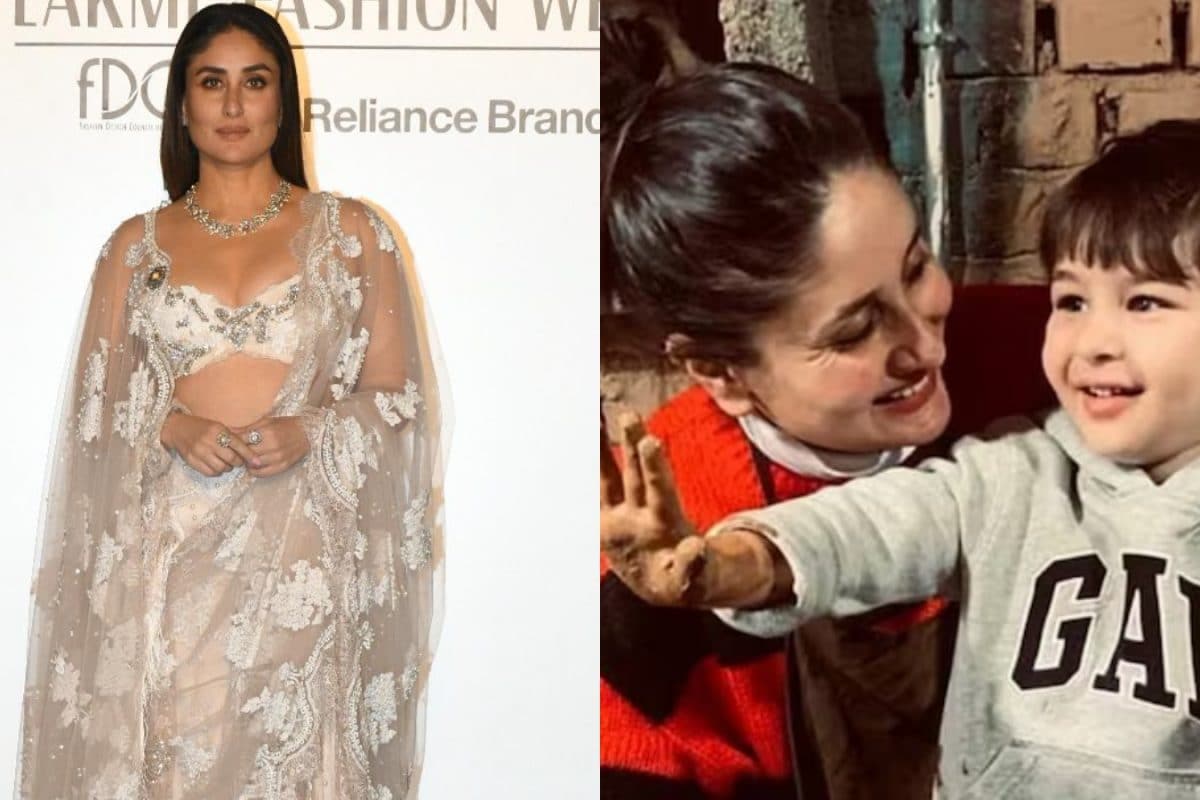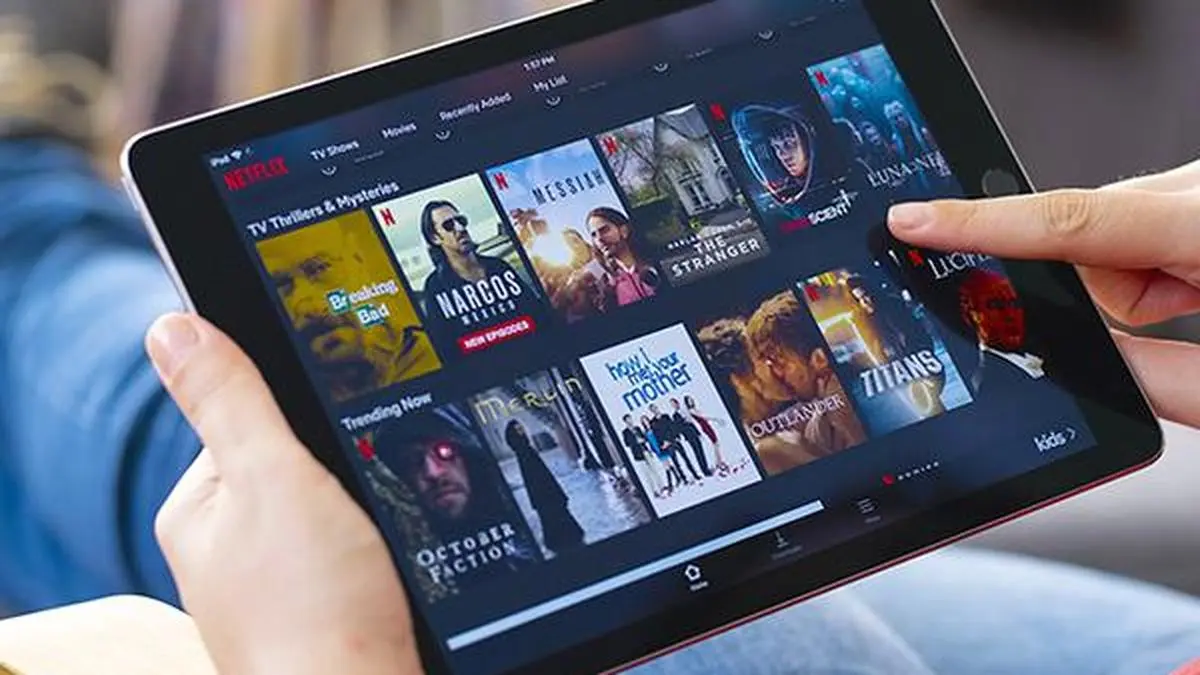If you’re serious about lifting barbells, sooner or later you’re probably going to want a belt. Belts don’t prevent injury as people sometimes assume, but they do help you to lift more weight. This helps you to squat and deadlift heavier—thus get stronger—so they’re standard equipment for a lot of strong people.
We have to understanding what belts are for, how they work, and who needs them. But once you get the basic idea, you’ll probably still have questions. So let’s dig in.

Every coach has their own opinion on when is the right time for a new trainee to buy a belt. Some might want to see you lift a certain weight first, or demonstrate a certain amount of skill at the big lifts. But the truth is, there’s no agreed-upon dividing line between people who need a belt and people who don’t.
A belt is a tool that anybody can use, at any point in their lifting career. It doesn’t make up for not knowing , so it makes sense to learn how to brace first. But a belt can you learn how to brace, since you can feel your belly pushing against the belt when you’re doing it right.
In my opinion, if you’re wondering whether you should get a belt, it’s probably time to get a belt. A lot of the good ones need to be ordered online, and some have a lead time of several weeks, so you might not actually the belt until a month or two after you decide you’re ready—in other words, you may want to order your belt sooner rather than later. If you search for “weightliftin.

























